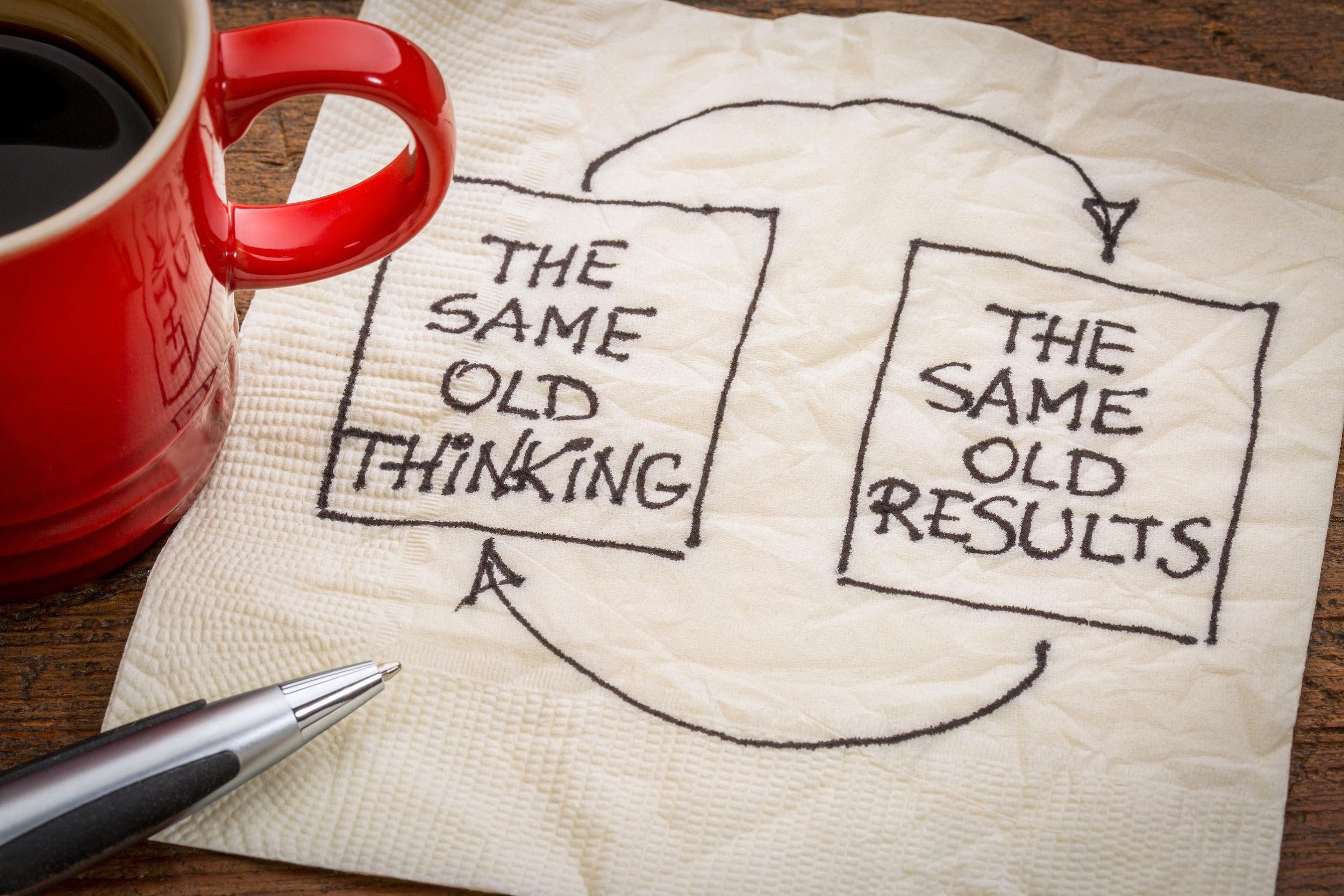Lean thinking requires not only knowledge of the tools but the right mindset to apply them, we shouldn’t be afraid of trying new ideas and learning from the experience.
As we should all be aware, Lean thinking requires a slightly different and often counterintuitive way of thinking. It requires us to base decisions on the right things at the right times and although the answer is usually one of simplicity, the method of identifying and achieving it often feels hard.
Lean thinking is a scientific approach, and as such requires a certain sort of logic to really apply it well. This means that the ability to implement Lean methods well requires us to know much more about applying principles than just the contents of the ‘Lean Toolbox’.
The first and most important consideration is the understanding that we all have our own pre-conceived views of the ways things should be done, which can often skew our ability to see the best way that they could be done.
These pre-conceptions very often lead us to constrain our thinking about the art of the possible. Since we are all used to working hard, at pace, with complex issues, we tend to jump to a solution to enable us to complete the task. Our main aim being to get the issue or decision off our ‘to do list’ and onto the next task.
This approach encourages a short termism in our solutions and means that the answer not only has a good chance of being incorrect, but also that it is more than likely to simply hide the problem for the short term.
So how can we use Lean Thinking to overcome this short termism and quick solution approach? We must use facts to inform our decisions, we must observe reality, understand the problem well and we must apply countermeasures that are based on these things. We know that there are tools that help us, but the success of these tools is dependent on our ability to use them as intended.
Consider the 5 Whys tool.. This isn’t a tool at all, this is a reminder that we should always be asking questions to acquire more knowledge on which to base our decisions and ensure that we apply our learning at the right point.
Another key part of such thinking is having the mental mindset that not only doesn’t fear failure, but actively relishes it as part of the process of understanding and learning. There will undoubtedly be times where we must try and fail to have the necessary knowledge to retry and succeed.
A key point to understand is that Continuous Improvement doesn’t necessarily mean improving every time, it means that the aim is to continuously improve. To do this, we must try things to see the results and we must go through this process to ensure that we learn more to build a solid foundation on which to build future improvement.
Looking back through the history of scientific discovery we can also pull out another trend that is linked to Lean Thinking and key to getting the best results. Some of the biggest scientific accomplishments of our times have only been possible due to collaboration. This is also true for the best Lean improvement.
It is critical to work together to practice lean thinking, generate fresh ideas, use several perceptions, generate suggestions and crucially, learn. This not only gives us the best way of being creative and reaching a great result quickly, but also spreads the learning throughout those involved.
So, anyone can buy a book and be literal about lean application. Creating 2 bin kanbans or by tidying their areas as that is what 5S tells us to do (??!)
If we apply Lean thinking using the very same behaviours that are required for scientific thinking and discovery, we will get the most creative results that stick.
